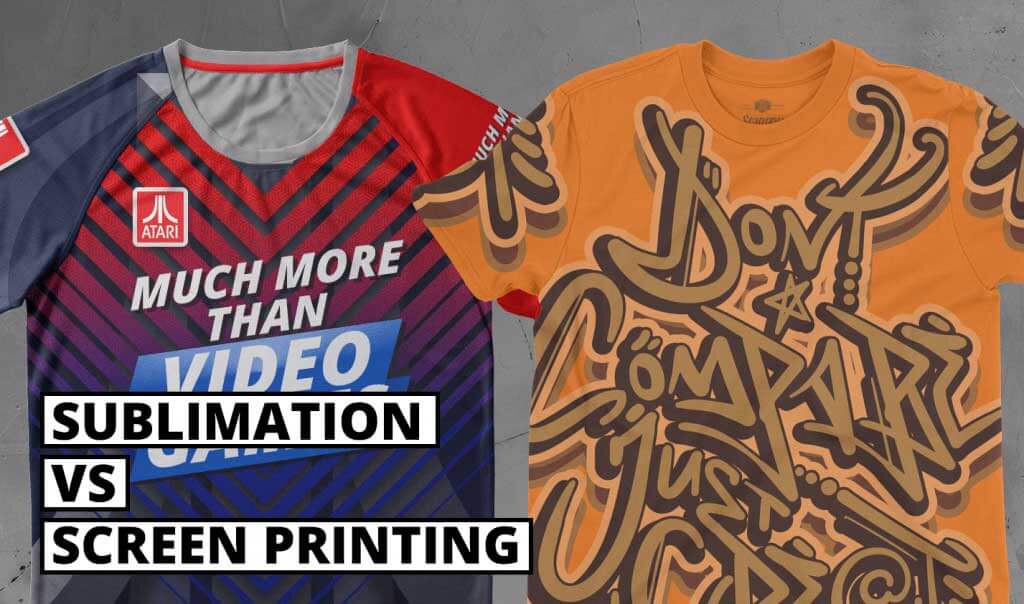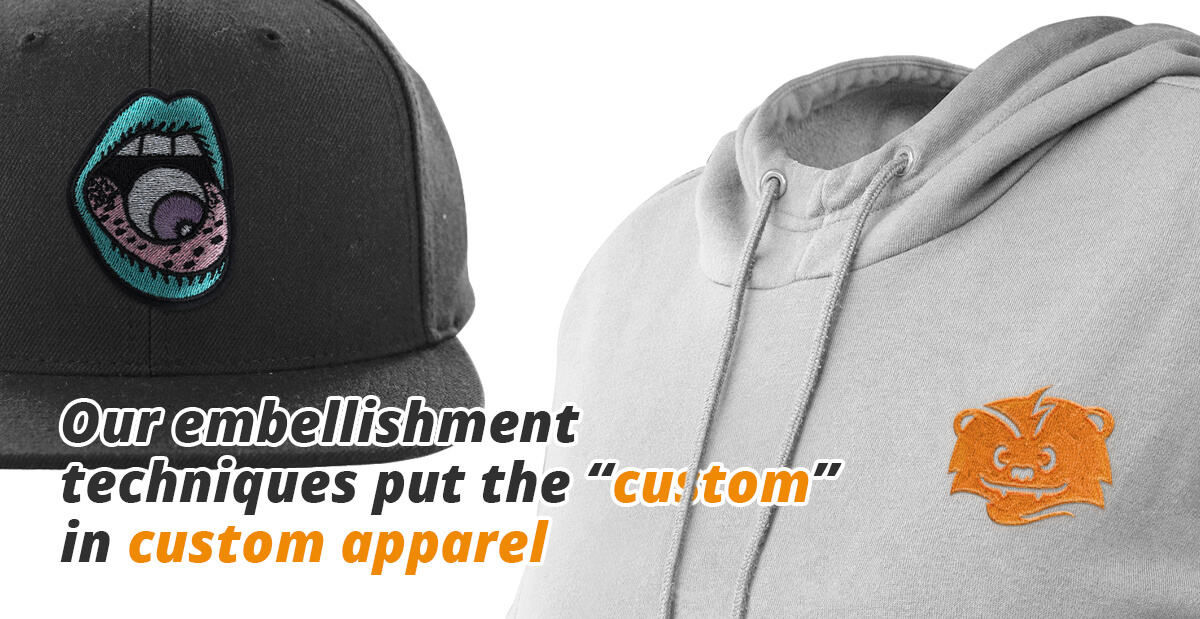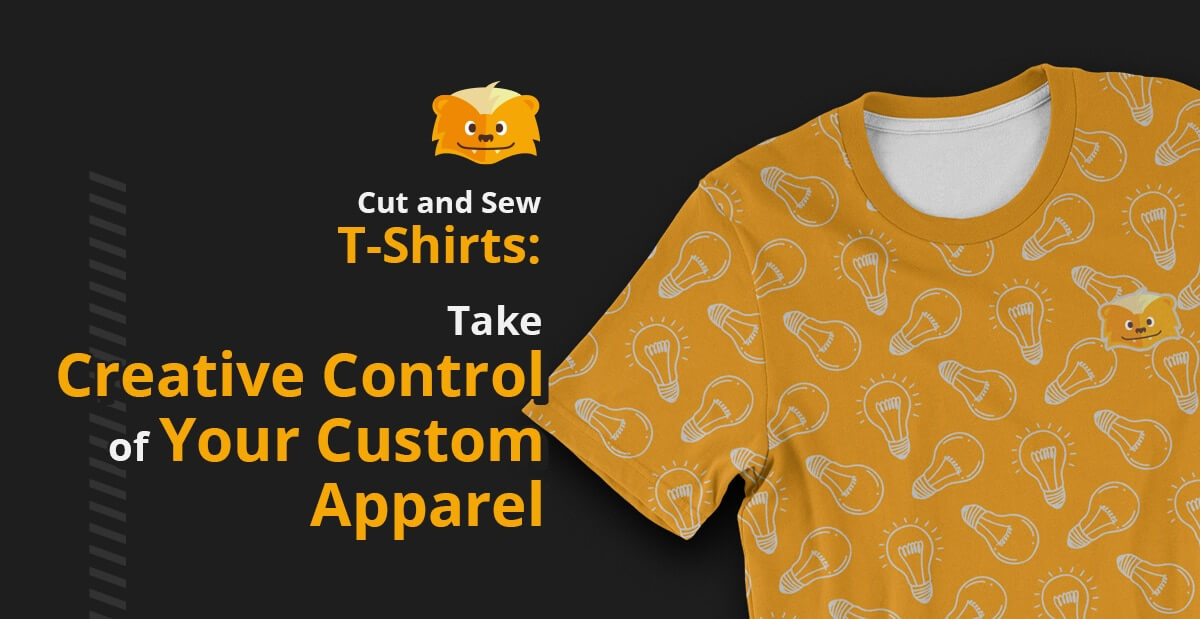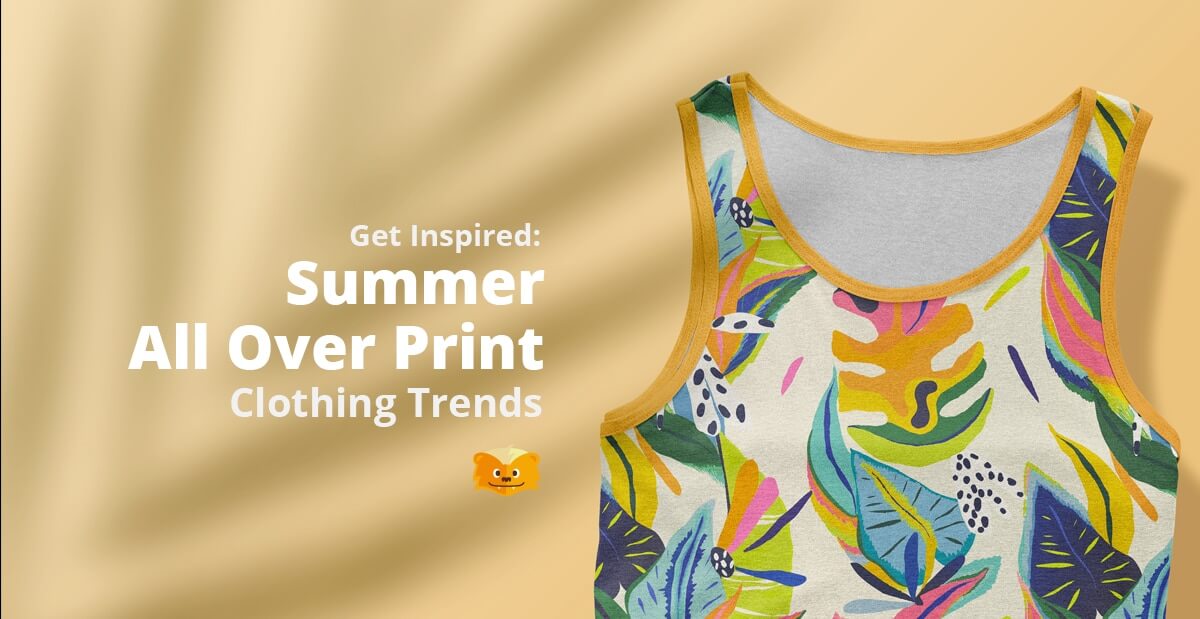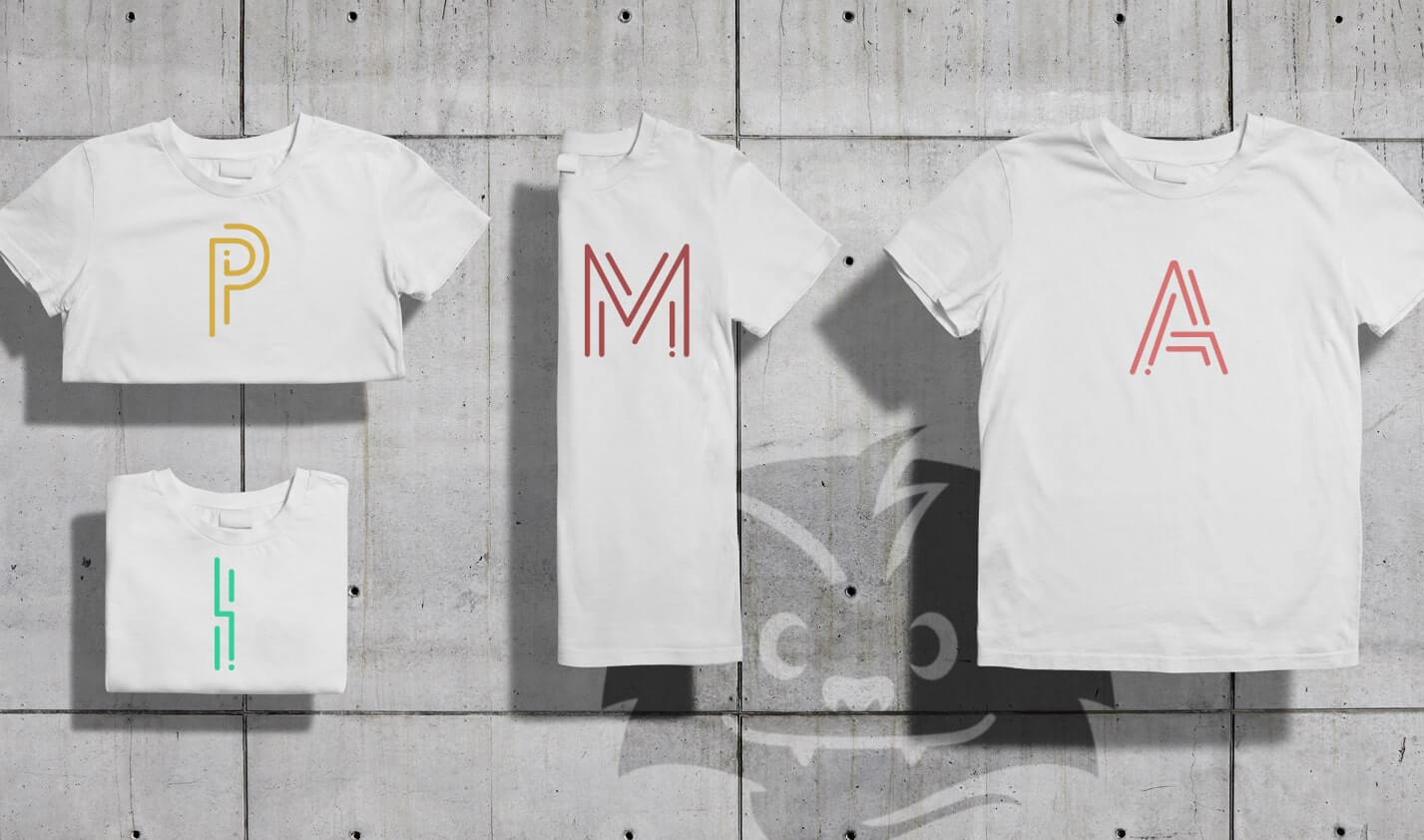
Pima cotton grows in Peru, Australia, and the Southwest of the United States of America. Still, only 3% of Pima cotton in American textile is native to the country, making it a rare commodity in the region. Rarity and luxury are two sides of the same coin, and Pima cotton is the epitome of both because of its exclusive production. People in Peru harvest it by hand to make a difference between Pima and other types of cotton.
Cotton’s most favorable traits include its breathability, softness, and comfort. But when Pima cotton is in question, every aspect multiplies by tenfold to provide consumers with a high-end experience. Like all luxuries globally, Pima cotton will cost brands and consumers more than the average cotton type. Nonetheless, that’s a rule of the consumer world; you pay more for quality and luxury.
Pima Cotton T-shirts
Comfort, durability, and style are the foremost characteristics that come to mind whenever you think about your favorite T-shirt. Pima cotton is a fabric with all such characteristics because of its light, absorbent, breathable, and versatile material. Its ability to help your body stay cool during rising temperatures makes it ideal for summer wear.
Users wash their casual clothing more often than luxury-oriented clothing. Therefore, it is more prone to pilling. Pills are minute balls of twisted fiber that appear on most cotton clothes once the wash counts hit double digits. However, if your favorite T-shirts brands use Pima cotton to make their apparel, you need not worry about pilling for years.
It’s easy to maintain Pima cotton T-shirts and other garments in their prime state since they don’t succumb to the environment’s adverse effects and machine washing easily. When you choose Pima cotton, you automatically choose better quality, versatility, and durability over mediocrity, invariability, and fragility.

Pima Cotton Fabric
Pima cotton is synonymous with quality, luxury, and versatility and can help brands disrupt market monotony for their consumers. In texture, Pima cotton fabric offers the silk-like softness and does not contain any insecticide scum or artificial peat that might trouble people with sensitive skin. I’ve already mentioned how its durability exceeds the average cotton fabric by 50 percent and can withstand machine washing for years.
Pima cotton is among the softest and most delicate kinds of cotton in the world because of its extra-large staple fiber that exceeds the size of average cotton fiber. Almost all luxury brands prefer to use this cotton to facilitate their spinning process and produce a fabric that is even and easy to dye. The original white of Pima cotton fabric gives brands the freedom to experiment with colors and diversify their garment range.
If you want a fabric that feels different to touch immediately after your customer takes it off the rack, opt for Pima fabric. It has garnered enough credibility on its name that you can use it to validate the quality of your garments quickly. Nowadays, sustainability is imperative for brands to make their customers coming for more. Brands need to pay more attention to where they source raw materials to uphold their standards.
Luxury brands don’t compromise on the quality of their fabrics, and if you want to elevate your brand to their standard – if not in competition, then at least in quality – following their practices is the right way to go. High-end fabric that is light, versatile, and durable helps new brands develop a relationship of trust between them and their consumers.
90% of the Pima cotton fabric available in the market is not 100% Pima cotton but rather a mix of different fabrics with only 20% of the original Pima cotton. If a T-shirt label indicates that the cotton in it is “100% pure” and verified Pima, it automatically appeals to consumers because of its transparency. If you don’t want your brand’s reputation to take a blow, familiarize yourself with FTC regulations because only then can you market your products efficiently.

What Is Pima Cotton?
As the title has already suggested, Pima cotton is one of the softest cotton worldwide because of its extra-long staple fibers. The shortest of these ELS fibers can be 34mm, but the longest can go from 38.10 to 41.27mm. Together with thread count variations of 200 to 300, the fibers’ length makes Pima cotton fiber durable, machine-washable, and resistant to pilling, unlike other cotton types.
As far as cotton harvesting is concerned, farmers pluck it from the Gossypium barbadense plant’s stems by hand. The preferred method of harvesting is by hand, but some companies have employed machine-assisted harvesting over time. Nevertheless, the quality of the traditional method sets it apart from the rest of the cotton.
The standard process of making a Pima fabric starts from seed picking that goes through condensing, mixing, carding, combing, wounding, spinning, and ends with weaving. The machine that replaced handpicked harvesting of cotton in favor of mass-production in the textile industry is the “cotton engine,” which you may otherwise know as the cotton gin.
Although one can classify pure Pima cotton as a luxury, its use is not exclusive to individual garments. Instead, brands use it for casual clothing (T-shirts, sweatshirts, track pants), luxury-oriented clothing (bathrobes, nightgowns, loungewear), and other house comforts like the bedroom and bathroom usage (bed sheets, blanket covers, etc.).
The average profit margin in retail is around 53% worldwide. if you want to increase it, buying Pima cotton for your textiles is the most efficient way to do so. The brand elevation is imperative to increase your brand’s profit margins, and the ability to retail Pima cotton for higher prices helps you do just that!
Wrapping up
Authentic Pima cotton is hard to come by; but once you have it on hand, your brand will be elevated to “luxury status” and enhance your reputation among customers along with higher profit margins.


